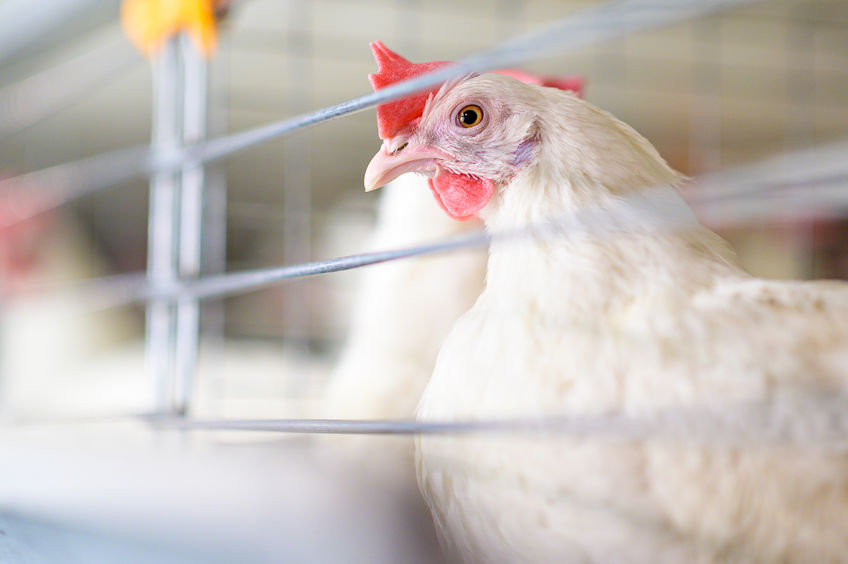
Researchers have identified regions in the genetic makeup of chickens that are linked to resistance to Campylobacter - the leading bacterial cause of food poisoning.
Data obtained in the study informs the extent to which parts of the genetic code can be linked to the prevalence of Campylobacter in the chicken gut.
A study led by researchers from the Roslin Institute, alongside poultry breeding company Aviagen, investigated the genetic make-up of 3,000 chickens bred for meat.
This was achieved by looking for variation at specific positions in the chickens’ genome and their association with numbers of Campylobacter in the gut of the birds.
Scientists combined this with analyses of the expression of genes in chickens that were resistant or susceptible to colonisation by the bacteria.
All the birds were naturally exposed to Campylobacter present in their environment, which mimics how they are exposed on a commercial farm.
Campylobacter infections are common in people, who can develop diarrhoea and severe complications after handling or eating contaminated chicken meat.
Each year, it is estimated that more than 500,000 people in the UK are infected, costing the country approximately £50 million.
Professor Mark Stevens, of the Roslin Institute said: "Here, we looked for regions of the chicken genome that are associated with resistance to the bacterium.
"Our data indicates that there is low genetic basis for resistance to Campylobacter colonisation and also show that non-genetic factors play a more significant role in carriage of Campylobacter in chickens.
"In addition, the regions of the genome associated to resistance to colonisation were highly prevalent in the chicken line studied."
Dr Richard Bailey, of Aviagen said results showed that whilst there were genetic factors that influence Campylobacter colonisation, these factors played a minor role.
"It is crucial to characterise and understand the role of the non-genetic and environmental factors to further reduce Campylobacter levels in poultry," he said.
